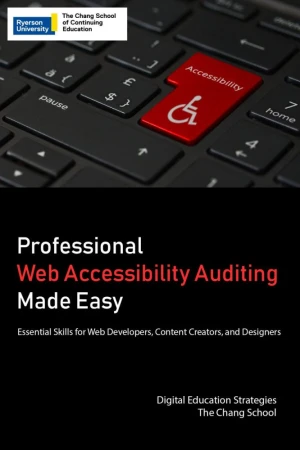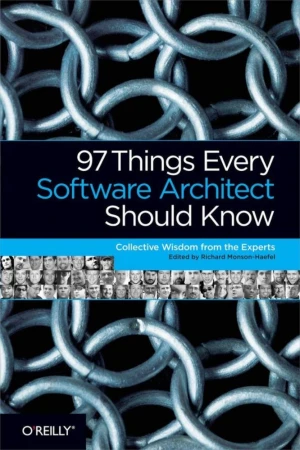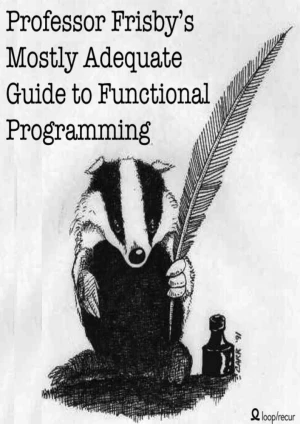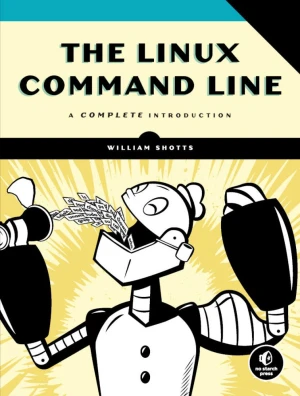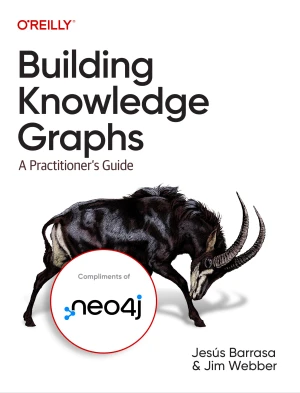Essential GraphRAG
Knowledge Graph-Enhanced RAG
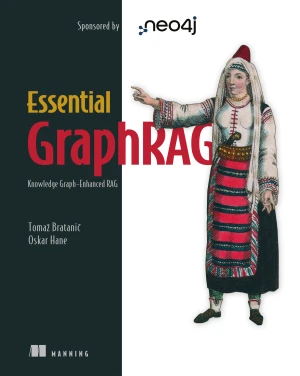
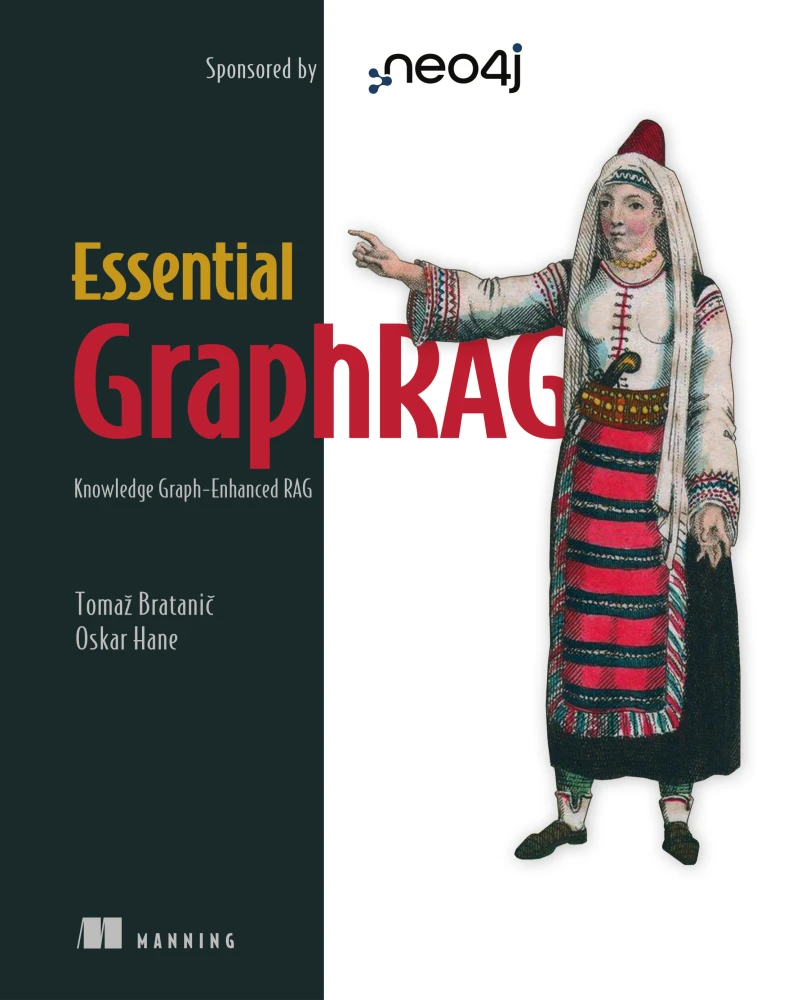
Book Details
| Authors | Tomaž Bratanič, Oskar Hane |
| Publisher | Manning |
| Published | 2025 |
| Edition | 1st |
| Paperback | 176 pages |
| Language | English |
| ISBN-13 | 9781633436268, 9781633434394 |
| ISBN-10 | 1633436268, 1633434397 |
| License | Compliments of Neo4j |
Book Description
A Retrieval Augmented Generation (RAG) system automatically selects and supplies domain-specific context to an LLM, radically improving its ability to generate accurate, hallucination-free responses. The GraphRAG pattern employs a knowledge graph to structure the RAG's input, taking advantage of existing relationships in the data to generate rich, relevant prompts.
Retrieval Augmented Generation (RAG) is a great way to harness the power of generative AI for information not contained in a LLM's training data and to avoid depending on LLM for factual information. However, RAG only works when you can quickly identify and supply the most relevant context to your LLM. Essential GraphRAG shows you how to use knowledge graphs to model your RAG data and deliver better performance, accuracy, traceability, and completeness.
Inside Essential GraphRAG you'll learn:
- The benefits of using Knowledge Graphs in a RAG system
- How to implement a GraphRAG system from scratch
- The process of building a fully working production RAG system
- Constructing knowledge graphs using LLMs
- Evaluating performance of a RAG pipeline
Essential GraphRAG is a practical guide to empowering LLMs with RAG. You'll learn to deliver vector similarity-based approaches to find relevant information, as well as work with semantic layers, deliver agentic RAG, and generate Cypher statements to retrieve data from a knowledge graph.
Essential GraphRAG shows you how to build and deploy a production-quality GraphRAG system. You'll learn to extract structured knowledge from text and how to combine vector-based and graph-based retrieval methods. The book is rich in practical examples, from building a vector similarity search retrieval tool and an Agentic RAG application, to evaluating performance and accuracy, and more.
This book is published as open-access, which means it is freely available to read, download, and share without restrictions.
If you enjoyed the book and would like to support the author, you can purchase a printed copy (hardcover or paperback) from official retailers.
Download and Read Links
Share this Book
[localhost]# find . -name "*Similar_Books*"
Professional Web Accessibility Auditing Made Easy
Digital accessibility skills are in high demand, as the world becomes more aware of barriers in digital content that prevent some people from participating in a digital society. These are essential skills for web developers, and essential knowledge for organizations that want to ensure their web content is reaching the broadest audience possible. T
97 Things Every Software Architect Should Know
In this truly unique technical book, today's leading software architects present valuable principles on key development issues that go way beyond technology. More than four dozen architects - including Neal Ford, Michael Nygard, and Bill de hOra - offer advice for communicating with stakeholders, eliminating complexity, empowering developers, and m
Professor Frisby's Mostly Adequate Guide to Functional Programming
This is a book on the functional paradigm in general. Brian Lonsdorf will use the world's most popular functional programming language: JavaScript. He acknowledges that some may feel this is a poor choice as it's against the grain of the current culture which, at the moment, feels predominately imperative. However, Lonsdorf believes it is the best
Intel Xeon Phi Coprocessor Architecture and Tools
Intel Xeon Phi Coprocessor Architecture and Tools: The Guide for Application Developers provides developers a comprehensive introduction and in-depth look at the Intel Xeon Phi coprocessor architecture and the corresponding parallel data structure tools and algorithms used in the various technical computing applications for which it is suitable. It
The Linux Command Line, 5th Edition
The Linux Command Line takes you from your very first terminal keystrokes to writing full programs in Bash, the most popular Linux shell (or command line). Along the way you'll learn the timeless skills handed down by generations of experienced, mouse-shunning gurus: file navigation, environment configuration, command chaining, pattern matching wit
Building Knowledge Graphs
Incredibly useful, knowledge graphs help organizations keep track of medical research, cybersecurity threat intelligence, GDPR compliance, web user engagement, and much more. They do so by storing interlinked descriptions of entities - objects, events, situations, or abstract concepts - and encoding the underlying information. How do you create a k

